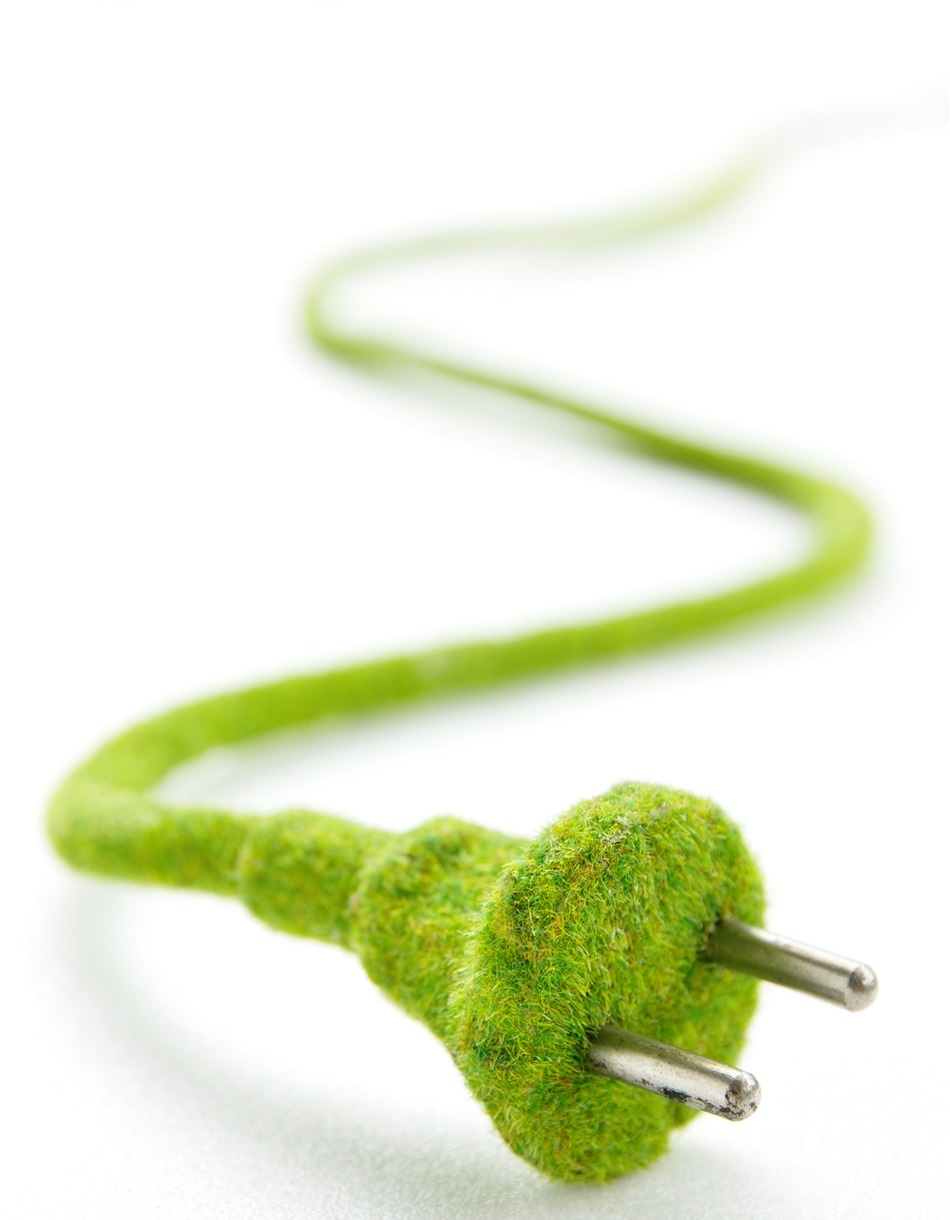Apr 21 2017
 Image Credits: ponsulak/shutterstock.com
Image Credits: ponsulak/shutterstock.com
Saint Jean Carbon Inc. a carbon science company deals in the design and making of green energy creation, green energy storage, and green re-creation through the application of carbon materials.
The company is happy to report the results of the graphene battery project phase one of three, announced earlier on January 19th, 2017. Although very primary at this point, the graphene battery has outperformed the graphite battery, as shown by a greater discharge capacity of about 30%. Both batteries were manufactured with the same material, battery “A” graphite anode and “B” graphene anode.
The performance results are listed here; the graphite anode’s theoretical capacity: 372 mAh/g the theoretical capacity of the graphene anode: 700 mAh/g. Beyond 100 cycles the discharge capacity for the graphite was 200 to 220 mAh/g and for the graphene 310 to 330 mAh/g. The testing processes: charge to 3V at 500 mA/g and discharge to 0.05V at 100 mA/g. Neither the graphene nor graphite was enhanced so the variations in the results have to be additionally tested.
The project started as material comparison, the same material but applied in to different states, graphene and graphite. It will be really interesting to see if we can scale up to a size of battery that would be meaningful, such as batteries found in electric cars. Possibly with continued research we may have a higher performing anode that performance will directly relate to greater power and greater storage.
Paul Ogilvie, CEO, Saint Jean Carbon Inc.
Presently, the challenges are to observe if the performance will stay the same when scaled up. Both the graphene and graphite must now be improved to make the best possible material for the anode. From there; increase the size of the half cells and ultimately to a full cell. If the graphene continues to outperform the company experts believe they will have the required data to apply the graphene into real life testing on several different applications; electric cars, small devices, long term storage, etc. Phase two is the creation of a pouch cell with function lights for demo purposes; the company is anticipating the results within the next eight weeks.
The preparation of the cells and test were all handled by Graffana Inc of Waterloo Ontario. The raw material was procured from a third party.